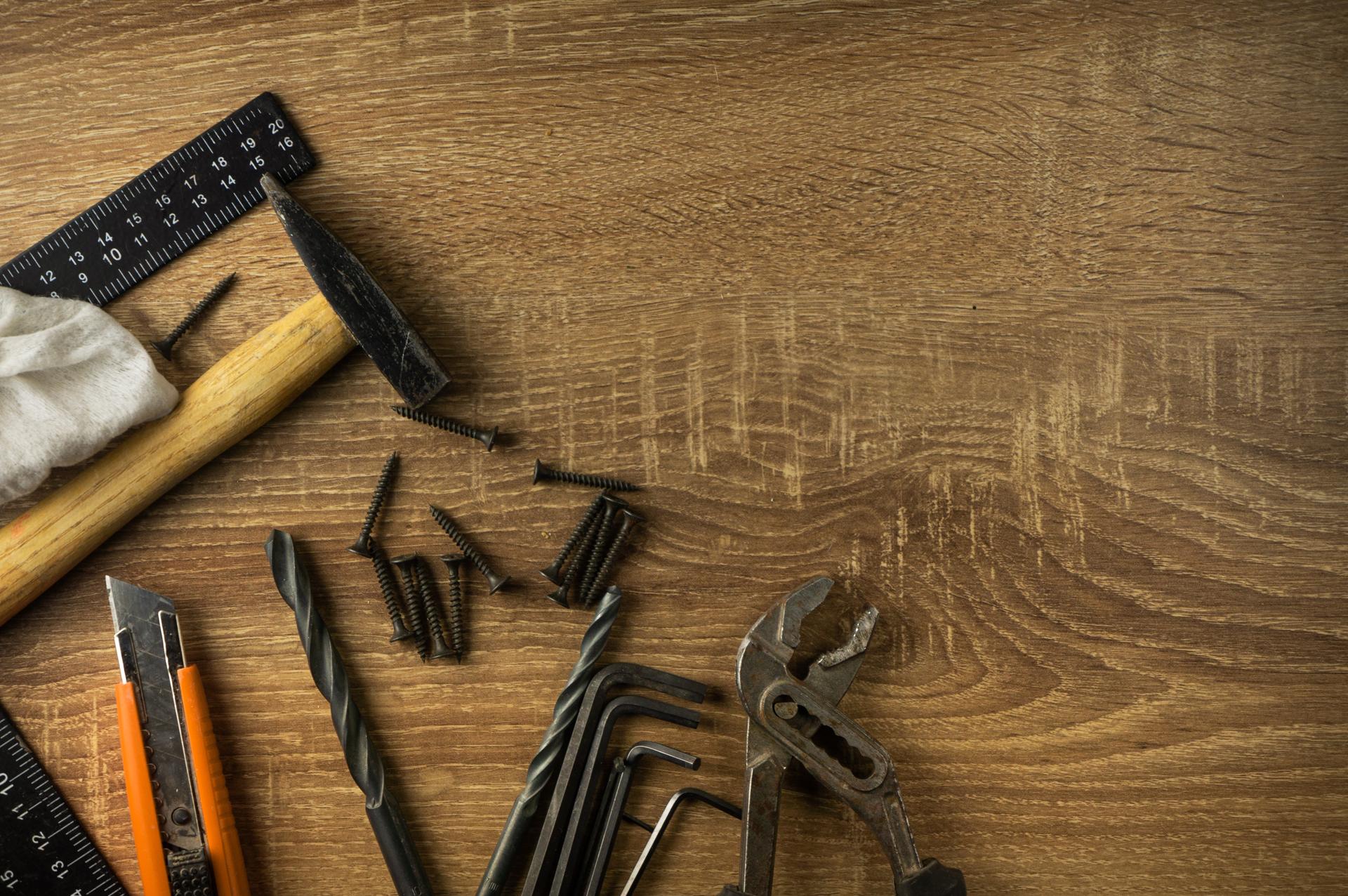Refuse to Call a Plumber! Discover How to Fix Common Plumbing Issues Yourself

Plumbing systems are an essential component of every home. Without proper maintenance, they can become an issue for many that can lead to frustration and costly repairs.
There are numerous advantages to learning to resolve minor plumbing issues yourself such as saving money and developing important skills. The following article we’ll cover common plumbing problems and DIY techniques to fix them.
Common Plumbing Issues
Dripping Faucets
Dripping faucets are not only frustrating, but they also use up a large amount of water over the course of time. The most frequent cause for the faucet to drip is a worn washer or O-ring. To resolve this issue shut off water to your faucet. Then, take out the handle, then replace the worn-out washer or O-ring.
Running Toilets
A running toilet is another frequent plumbing problem that could cause water to be wasted. The most common cause is a faulty flapper valve that doesn’t seal properly, allowing water to leak from the tank to the bowl. To resolve this issue switch off the water supply to the toilet, open the tank lid, and adjust or replace your flapper valve.
Clogged Drains
Clogged drains can be caused by various things such as soap, hair, and food particles. To resolve this issue, you can try using a plunger or a drain snake to clear the clog. You can also make a mix of baking soda and vinegar to break up the blockage.
Low Water Pressure
Low pressure water in the pipes is often caused by a number of factors such as mineral buildup within the pipes or a defective pressure regulator. To resolve this issue it is possible to clean the aerator and replacing the pressure regulator.
Tools Required for DIY Plumbing
To carry out DIY plumbing, you will need a few essential tools such as an adjustable wrench, a plunger pipe wrench Teflon tape, and the screwdriver. The tools you have on hand will help you solve minor plumbing problems.
Safety Tips for DIY Plumbing
Security should be a top priority when making any plumbing work that you do yourself. Some safety tips to consider include turning off the water supply prior to starting any repairs, wearing safety glasses and gloves and having a first aid kit on hand in the event of emergencies.
DIY Plumbing Techniques
For fixing common plumbing problems, you will need to know some DIY plumbing techniques such as how to turn off your water source and how to fix a leaky faucet or an unresponsive toilet, how to unclog the drain, and also how to boost the pressure of water. These methods can save you time and money on small plumbing repairs.
Conclusion
Learning how to fix minor plumbing issues yourself can be beneficial in various ways. It’s not just a way to save you costs, but you could provide you with satisfaction and valuable knowledge. For more serious plumbing issues, it’s always better to consult an experienced plumber.
FAQ
Can I fix a plumbing problem myself?
Yes, you can repair minor plumbing issues yourself, by learning a few basic plumbing skills.
What are the most frequent plumbing issues?
The most frequently encountered plumbing problems are dripping water from faucets, blockages in drains, as well as low water pressure.
What tools do I need to do my own plumbing?
There are a few essential tools such as an adjustable wrench, a plunger pipe wrench Teflon tape and an screwdriver.
Is DIY plumbing safe?
DIY plumbing can be secure if you adhere to safety guidelines and take appropriate precautions.
What is the best time to call a professional plumber?
You should call a professional plumber for plumbing problems of a serious nature that require specialized equipment and knowledge.
